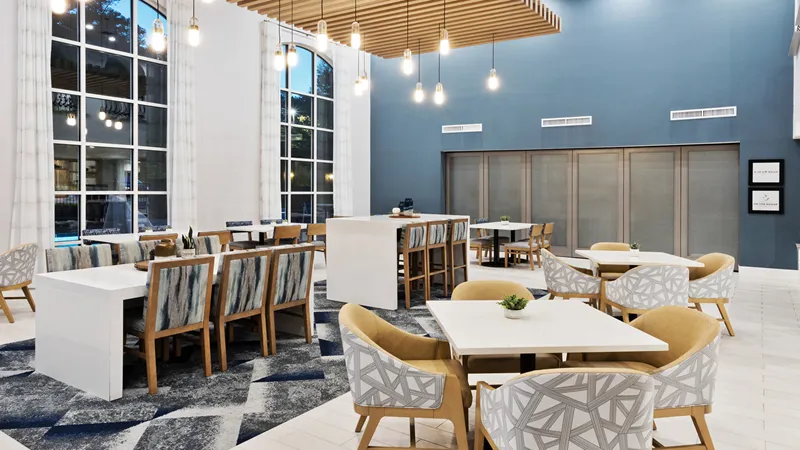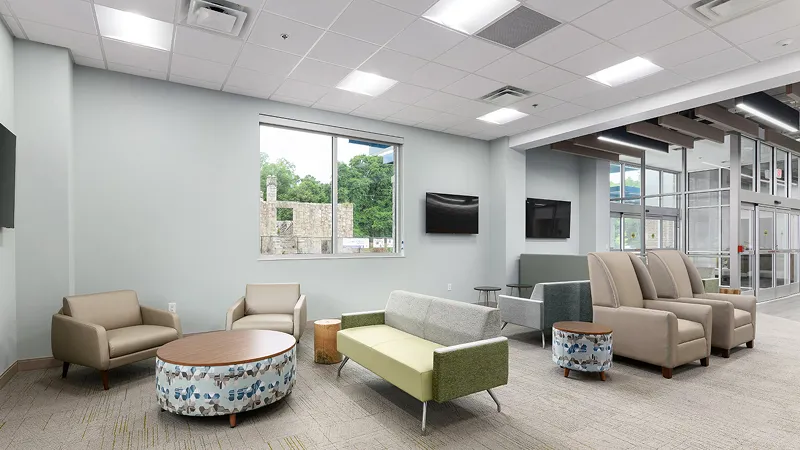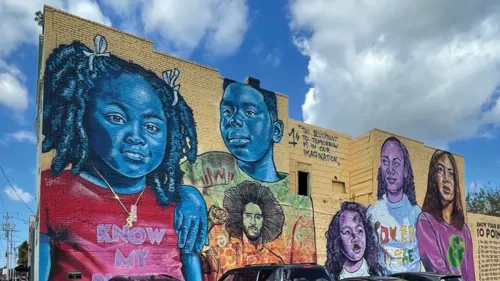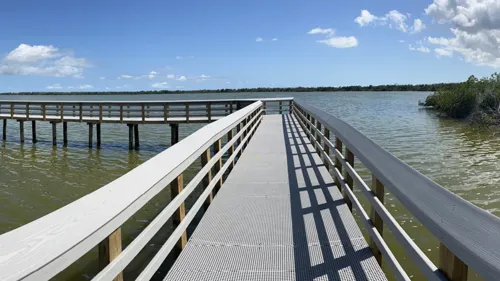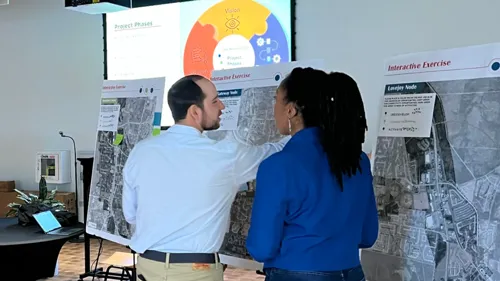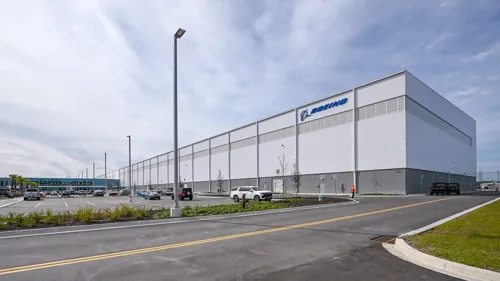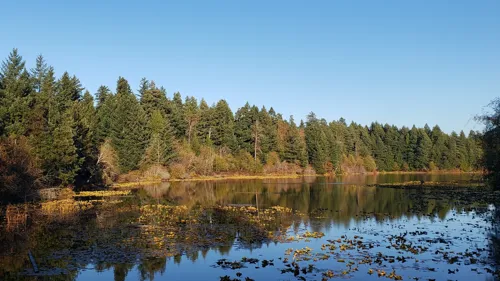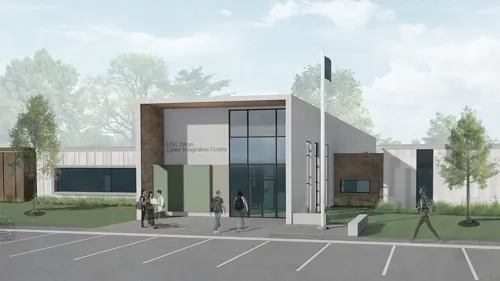From Past to Purpose: Reviving the FDR Pools at Warm Springs
At first glance, Warm Springs is a quiet town with a modest footprint. A state park, a historic cottage, a few aging brick buildings. But the water here flows at a steady 88°F and has for centuries. From this gentle current, history has been shaped—by Indigenous tradition, by 19th-century travelers, and most notably, by Franklin D. Roosevelt.
It was here, in these waters, that Roosevelt envisioned not only personal healing but national progress. Nearly a century later, the outdoor therapy pools that once served as the physical and symbolic center of that vision are being restored. The project represents more than preservation, it’s a renewal of purpose. And Pond is proud to help lead that effort.
Rediscovering a Legacy Beneath the Surface
Warm Springs’ story begins with its natural thermal springs, which the Indigenous Muscogee people frequented for their healing properties. By the early 19th century, settlers had built a resort around the springs. The Meriwether Inn, a grand Victorian hotel, opened in 1893, transforming the tranquil village into a reclusive spa destination.
When Roosevelt first visited the springs in 1924, he was stricken with polio and in search of a cure. He was captivated by the springs’ warm waters and their effect on his paralyzed legs. Roosevelt purchased the Warm Springs resort in 1926 and soon founded the nonprofit Georgia Warm Springs Foundation, turning the site into the world’s first hospital devoted solely to polio rehabilitation. But by the 1960s, these pools—once filled with spring water and hope—were drained and dormant.
Today, a $3 million state-funded project is reviving the original pools, aiming to restore their function and historical authenticity. This restoration is being shaped in part by Pond’s landscape architects, engineers, and preservation specialists to develop accessible solutions that reintroduce the original spring flow without compromising environmental or historical sensitivity.
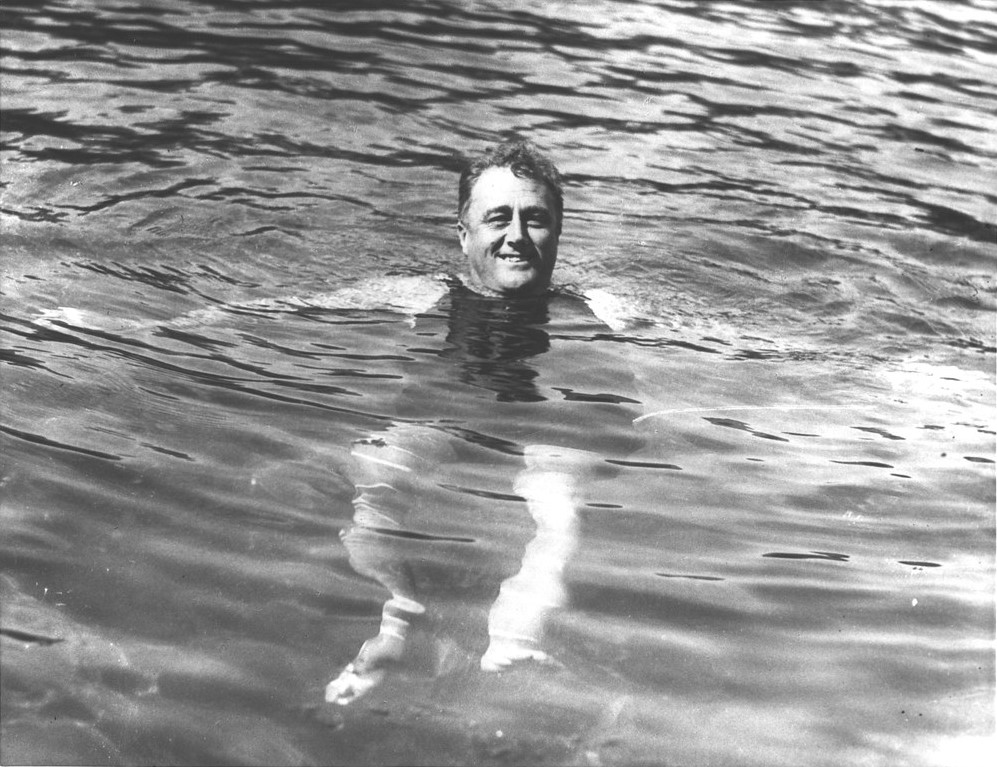
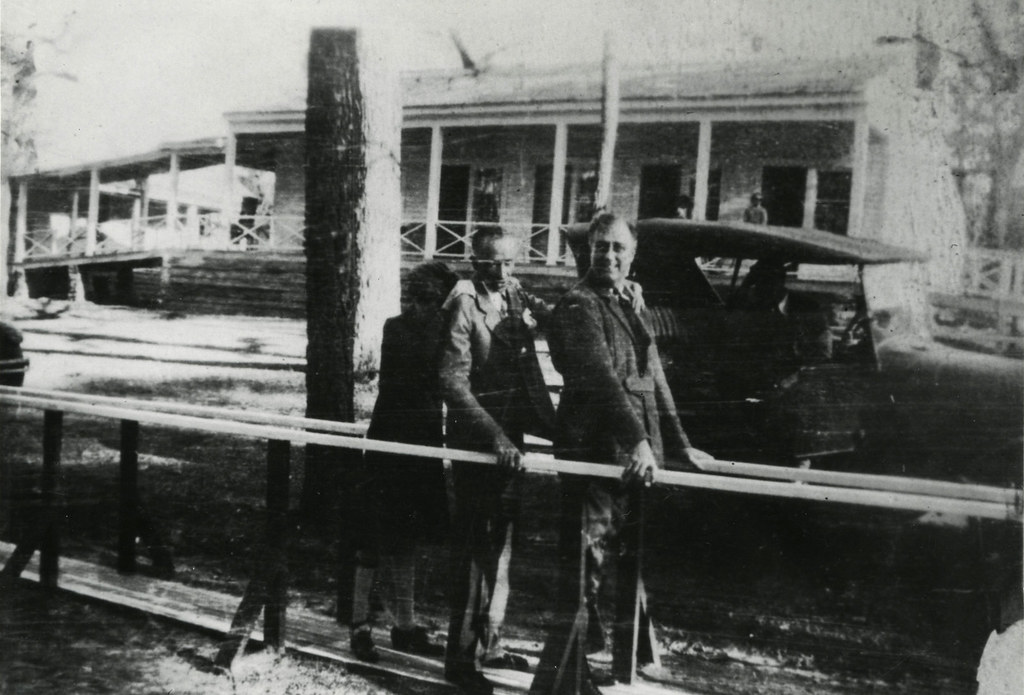
Shaping the Future Through Intentional Design
Restoring a National Historic Landmark comes with complexity. The work must comply with preservation standards, environmental permitting, and accessibility requirements, all while maintaining the authenticity that gives the site its meaning.
The pools sit within a layered landscape—part therapy center, part museum, part living legacy. It’s a place where people still come for healing—whether through modern rehabilitation services or an emotional connection to the past. Just steps away, the Roosevelt Institute continues FDR’s original mission, serving individuals with a wide range of physical challenges. The proximity of the therapy center means the restored pools must reflect not only historical conditions but also the dignity and accessibility expected in contemporary care environments.
It’s also a museum. The Little White House, Roosevelt’s personal retreat, is preserved nearby and draws thousands of visitors annually. Interpretive signage, exhibits, and educational programming tell the story of Warm Springs as the birthplace of modern rehabilitation. In this context, the pools aren’t static artifacts; they’re storytelling tools, enabling visitors to visualize and even physically engage with the history of hydrotherapy.
Families who once brought children here for polio treatment still return. Descendants of early staff members, caregivers, and patients still share stories of resilience and recovery. The warm water still flows, unchanged from before Roosevelt arrived, linking the past to the present.
In restoring the pools, the design team isn’t just repairing infrastructure but protecting memory, preserving cultural heritage, and keeping the emotional landscape of Warm Springs intact. This is the kind of work Pond specializes in: projects that require technical precision, cultural awareness, and a strong understanding of place-based design.
Pond’s design team began with a thorough site assessment in 2018 and is now leading the development of detailed construction plans for the pool basins, pedestrian areas, pump systems, and ADA-compliant access points. The result will not be a replica of the past but a functional, historically grounded space where interpretation, experience, and education intersect.
A Community Built Around Purpose
The pool restoration is part of a larger wave of renewal across Warm Springs. The Eleanor Roosevelt School, built during segregation to serve Black students, is being rehabilitated as a cultural site. The Roosevelt Warm Springs Institute for Rehabilitation continues to evolve, integrating advanced medical services into its historic campus.
The historic Warm Springs National Fish Hatchery, established in 1899, remains a hub for ecological education and endangered species recovery. These aren’t isolated efforts; they’re part of a cohesive return to the values that defined this place: healing, inclusion, and stewardship.
Conclusion
For Pond, the project represents not just technical work but an opportunity to elevate history through the lens of community impact and environmental care.
Warm Springs has always been more than the sum of its landmarks. As this quiet town reclaims its role in the American story, the restoration of the FDR Pools stands as both symbol and catalyst. Through detailed design, thoughtful engineering, and a deep respect for what came before, Pond is proud to contribute to a legacy that continues to flow forward.
About Pond
At Pond, our team of landscape architects, engineers, and preservation specialists brings deep expertise to culturally significant sites like Warm Springs, where thoughtful design can bridge the past and future. From heritage landscapes and public spaces to adaptive reuse and environmental integration, we develop restoration strategies that respect history while enhancing accessibility, sustainability, and user experience. Whether it’s revitalizing historic pools or reimagining civic landmarks, Pond delivers context-sensitive solutions that keep legacy at the forefront. Learn more about Pond’s sustainable design and landscape architecture capabilities.
